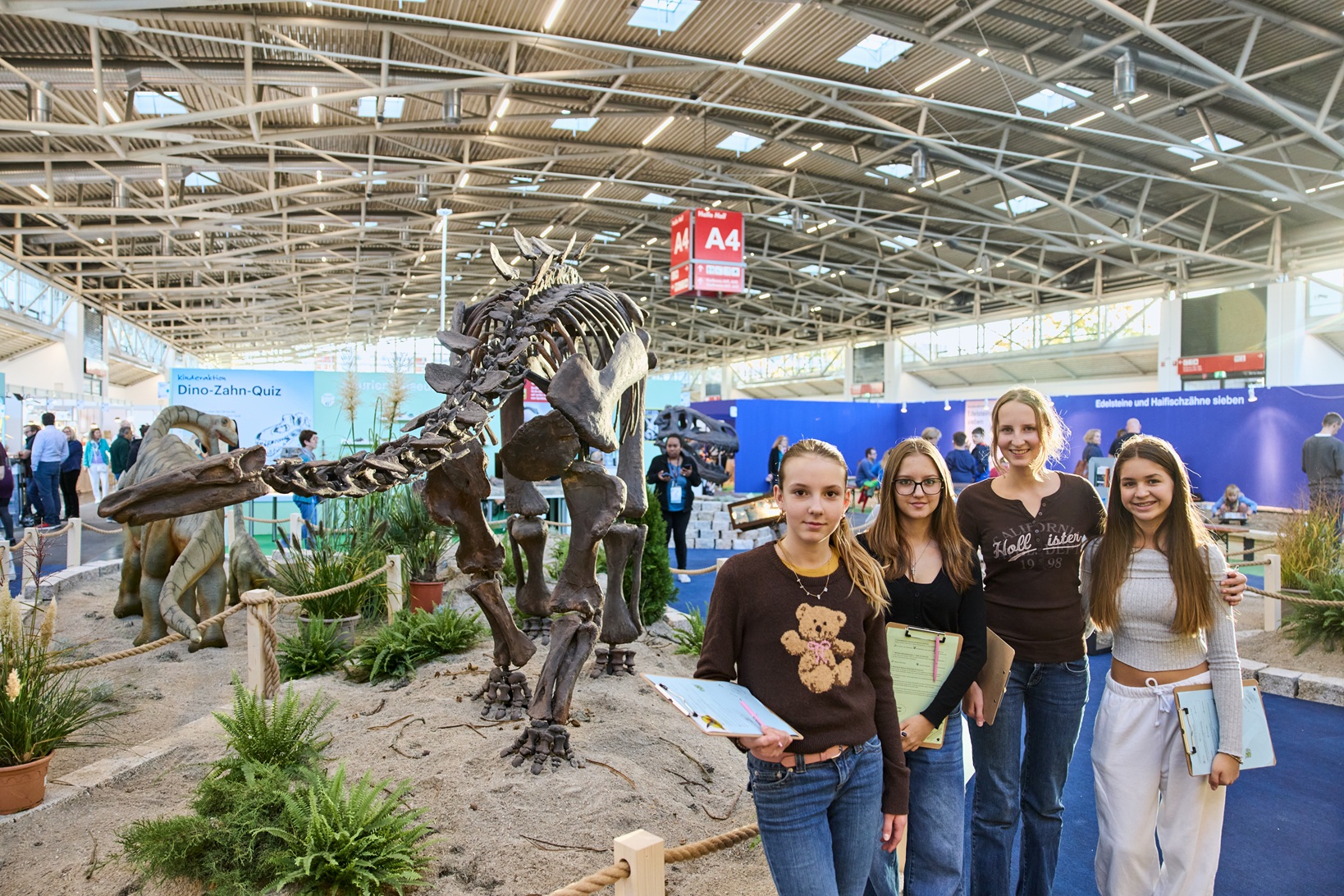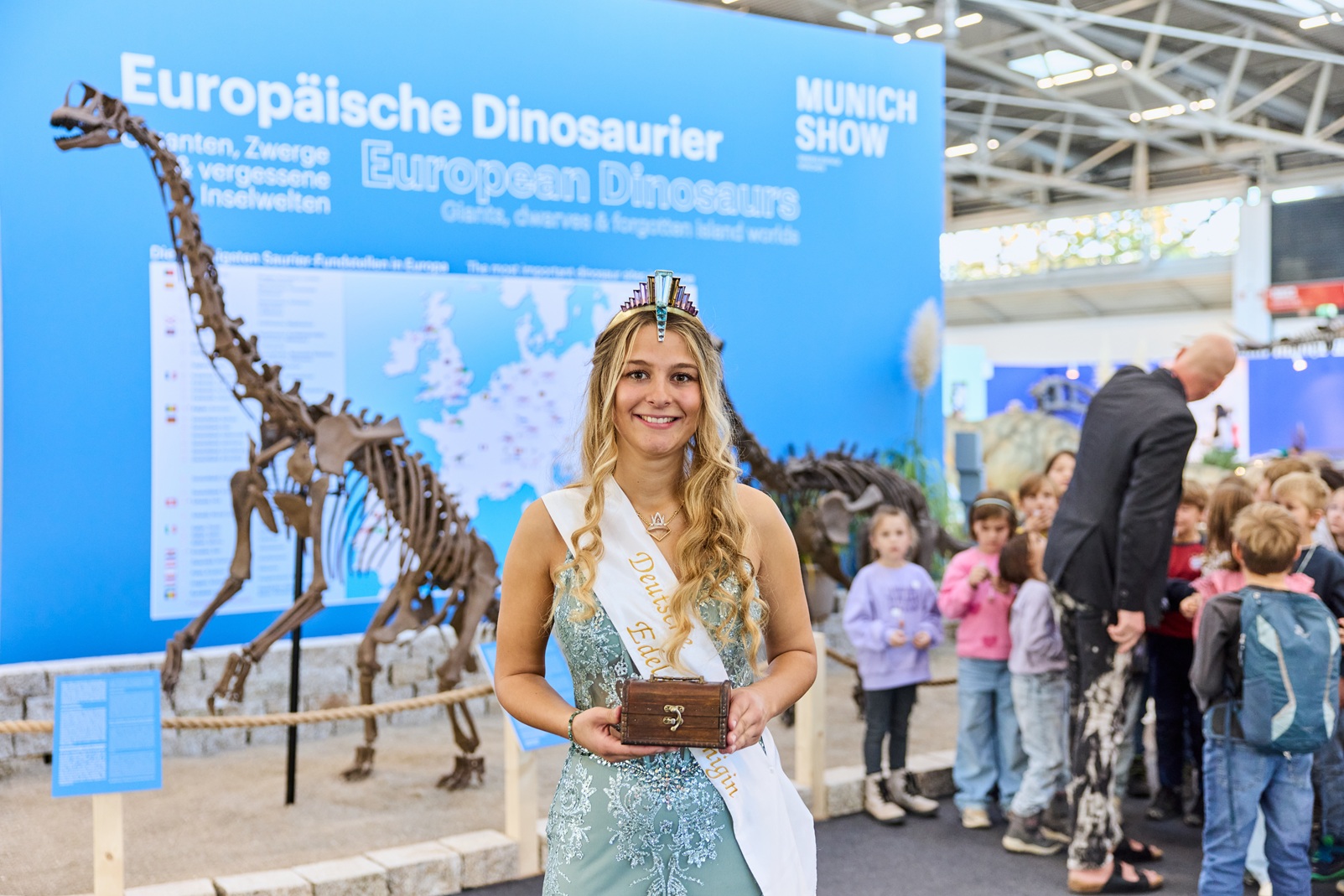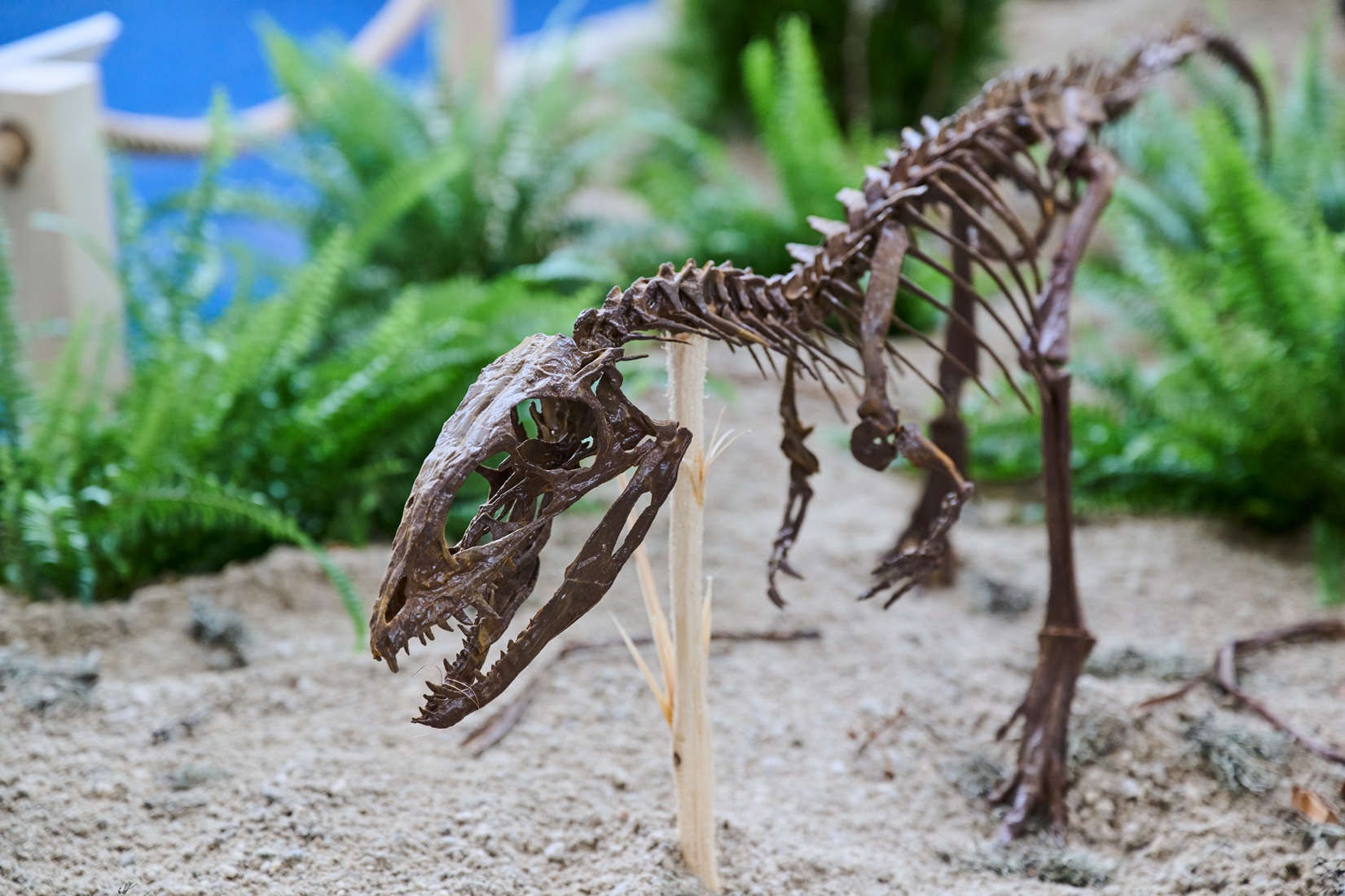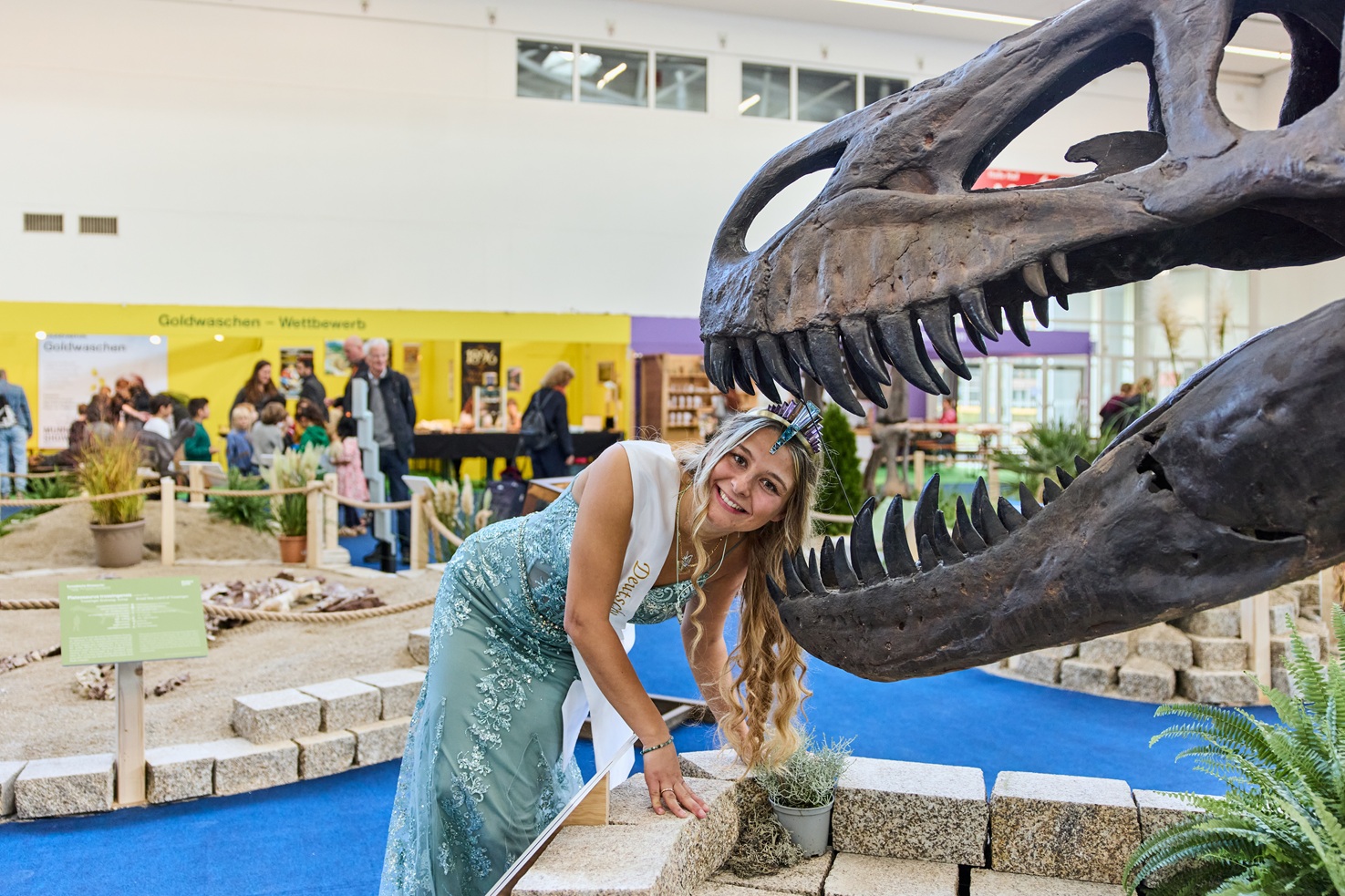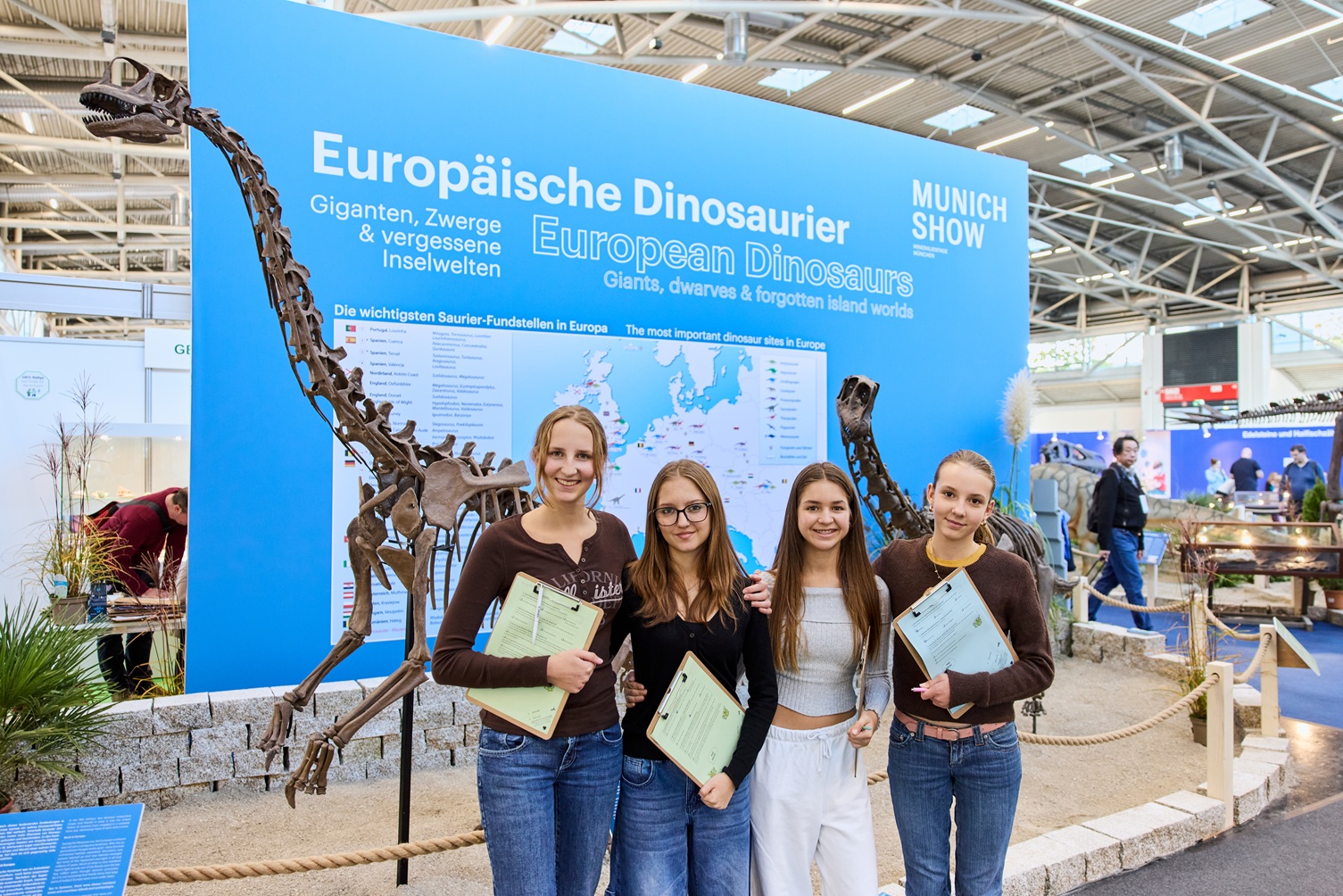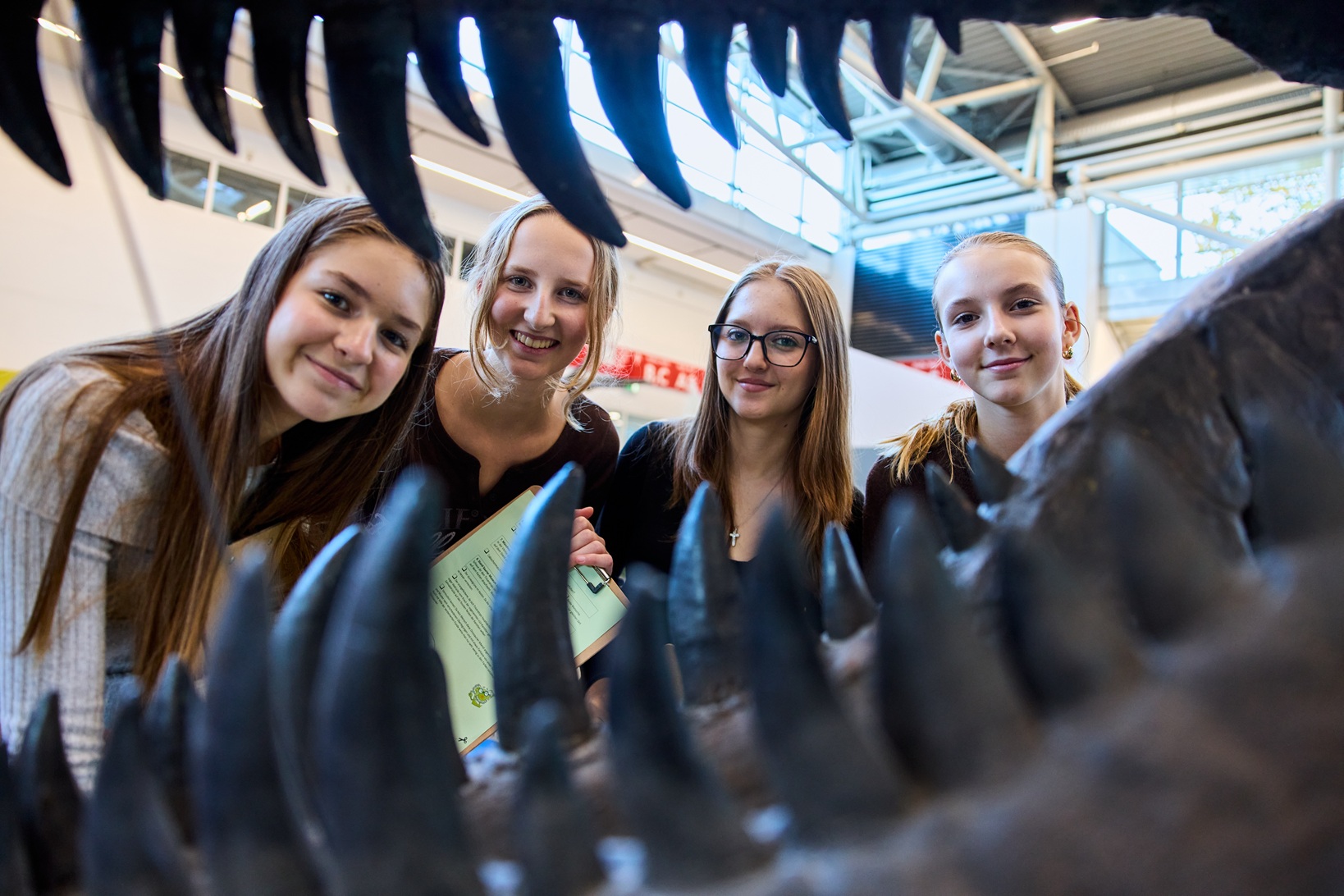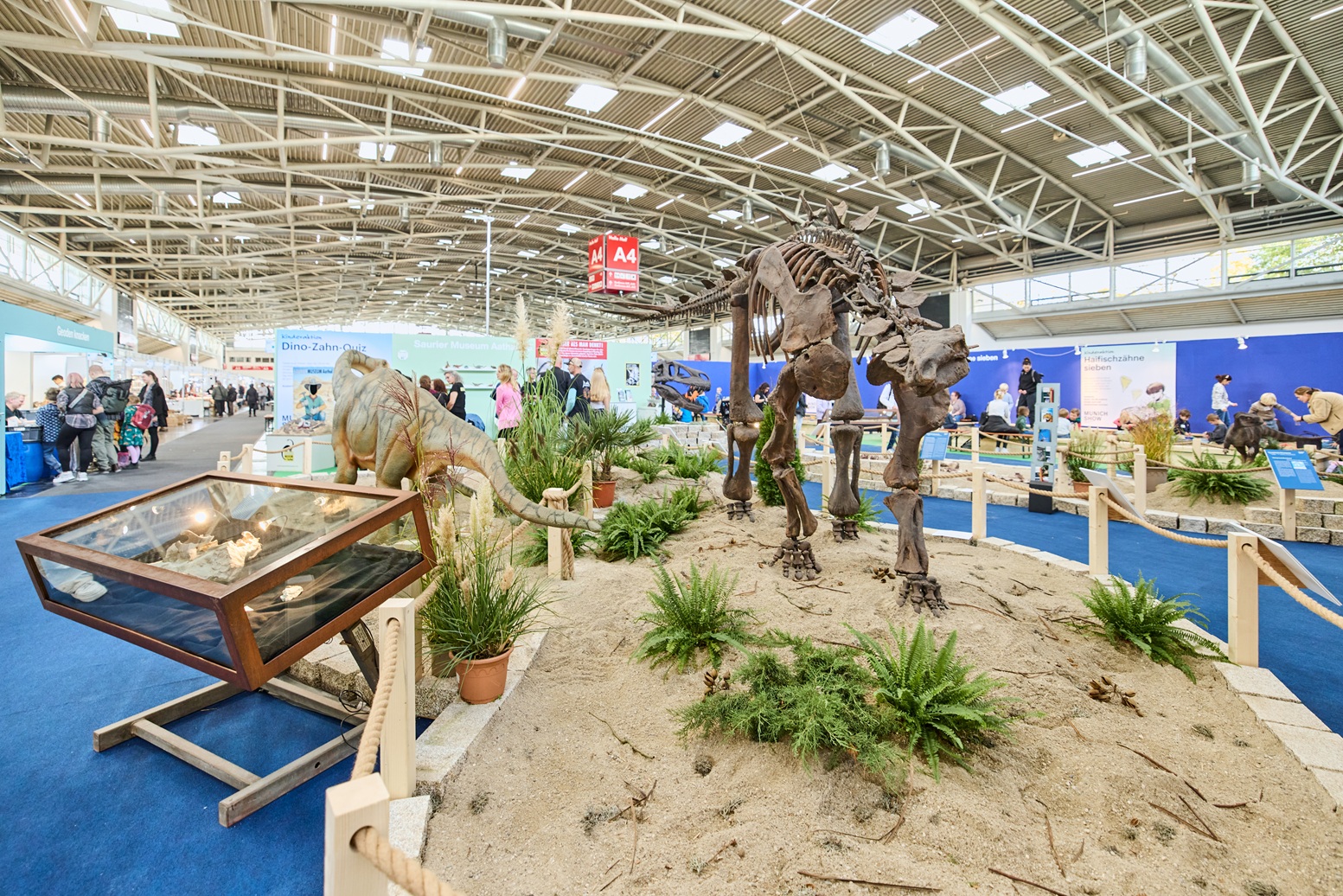
European dinosaurs: giants, dwarfs, and forgotten island worlds
August 4, 2025
Anyone who believes that the most spectacular dinosaur discoveries only come from America or Asia will be convinced otherwise by this year's special exhibition. During the age of the dinosaurs, Europe was a fascinating habitat, characterized by islands, archipelagos, and unusual ecological conditions that left many traces behind.
In an exciting journey through time from the Triassic to the Jurassic and Cretaceous periods, we show what Europe looked like in prehistoric times. Instead of a contiguous continent, it consisted of a multitude of islands. This special geographical situation led to remarkable biological phenomena: island dwarfism and island gigantism. Both can be impressively traced in European dinosaurs.
A highlight of the exhibition is Europasaurus holgeri, a sauropod from Germany that was greatly reduced in size due to its isolated lifestyle on an island in what is now Lower Saxony. It was a plant eater measuring just six meters in length. Such examples impressively demonstrate how life forms adapted to limited resources.
But not all dinosaurs in Europe were small: particularly impressive is the discovery of the armored dinosaur Miragaia longicollum from Portugal, a representative of the stegosaurs, the iconic armored plant eaters with characteristic back plates and tail spikes. With its exceptionally long cervical spine, it differs significantly from its American relatives. The species dates back to the Late Jurassic period, when parts of what is now Western Europe were still covered by warm shallow seas and lush floodplains, creating the perfect conditions for large herbivores.
Another highlight of the exhibition is the skull of Torvosaurus, one of the largest known predatory dinosaurs in Europe. Also discovered in Portugal, this spectacular find shows that Europe was also home to dangerous theropods. Torvosaurus was an impressive apex predator with powerful jaws, razor-sharp teeth, and a length of up to ten meters.
In addition to life-size skeletons of Europasaurus and Stegosaurus, our special exhibition also features fascinating original fossils and vivid graphics that show how diverse and complex the life of dinosaurs in Europe really was. Visitors learn how geology, climate, and isolation shaped life in prehistoric times.
This impressive special exhibition has been made possible thanks to the generous support of Alexander Benn, the Aathal Dinosaur Museum, and the Prehistoric Museum – Kapustin Collection.

